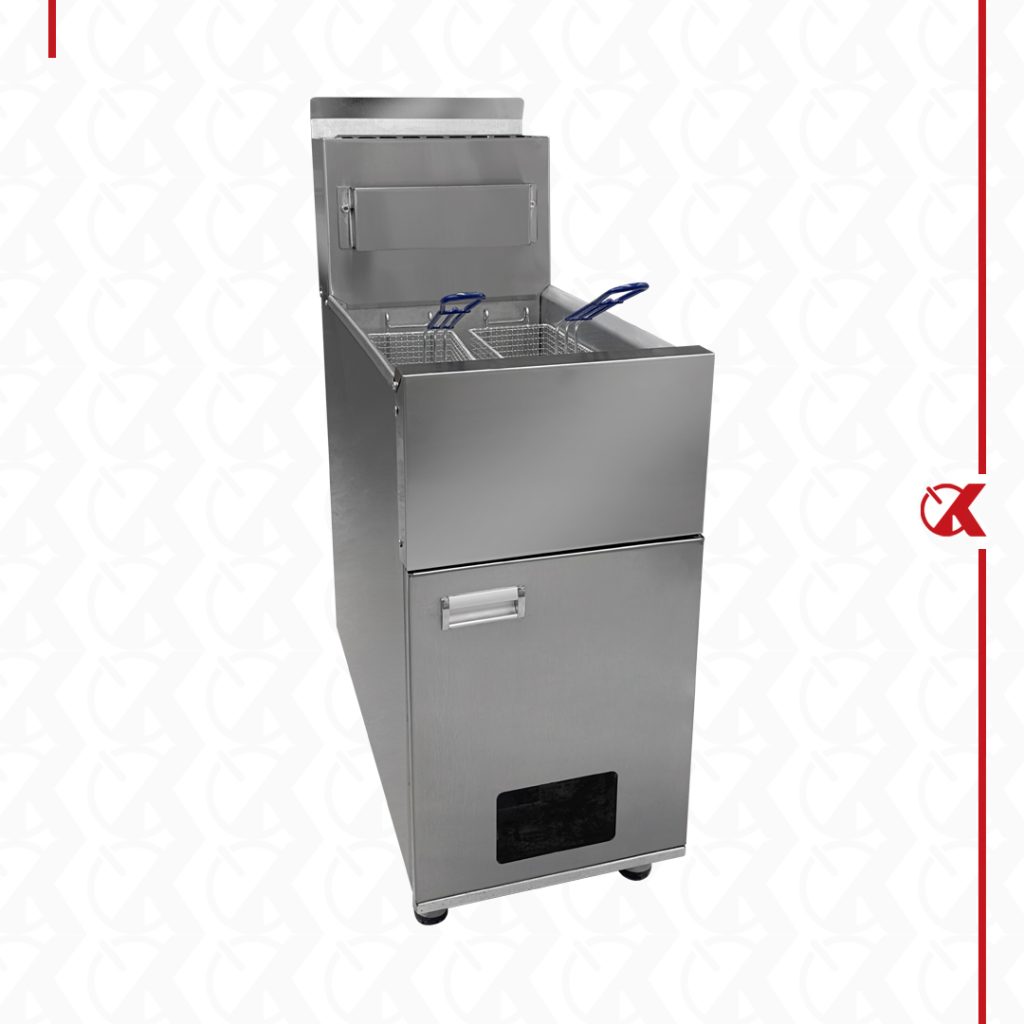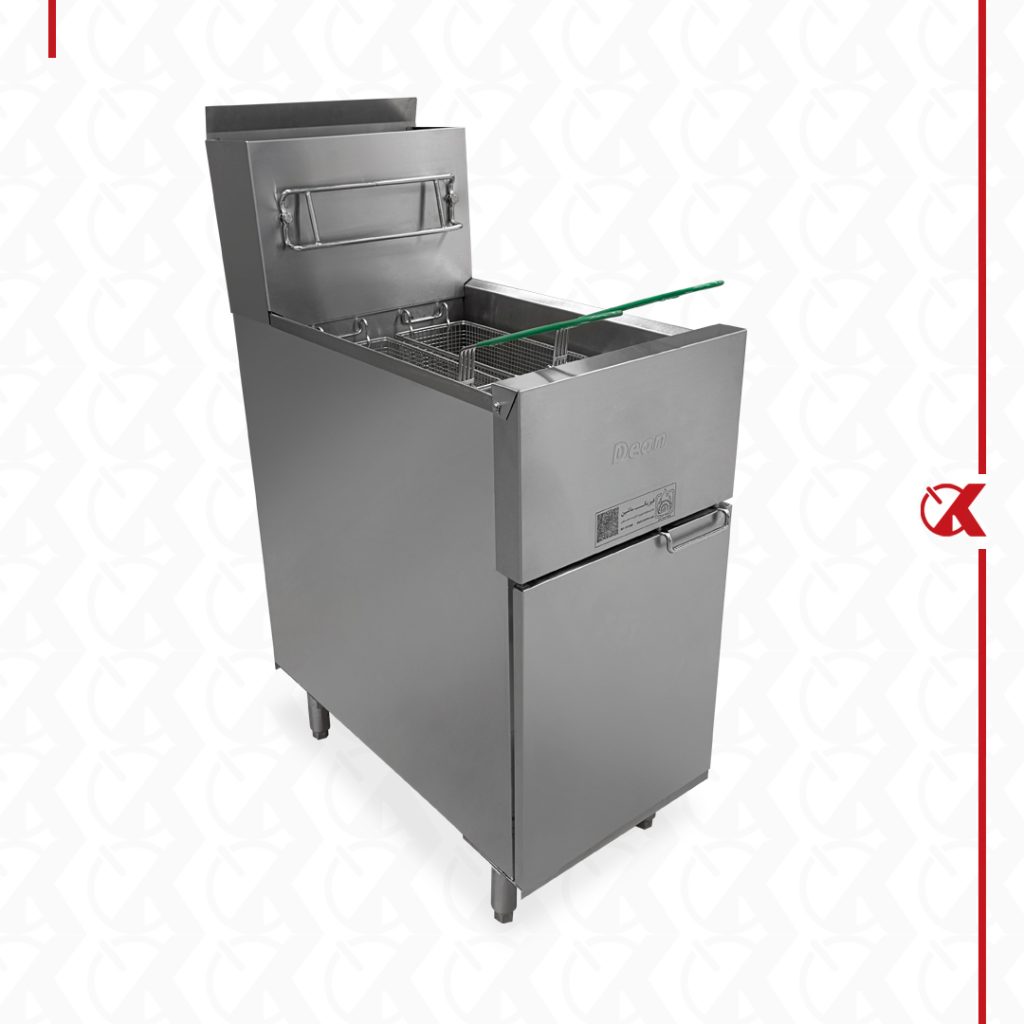The Importance of Deep Fryers in Commercial Kitchens
In the realm of commercial foodservice operations, the deep fryer stands as one of the most vital pieces of equipment, serving as the cornerstone for countless establishments ranging from fast-food chains and casual dining restaurants to food trucks and institutional kitchens. These sophisticated pieces of culinary machinery are engineered to withstand the rigorous demands of high-volume food production while maintaining precise temperature control and ensuring consistent food quality, making them indispensable for operations that rely heavily on fried foods as a core component of their menu offerings. The selection of an appropriate commercial deep fryer involves careful consideration of numerous technical specifications and operational requirements, including but not limited to production capacity, energy efficiency, durability, and advanced control systems, all of which must be evaluated in the context of the specific needs and constraints of the foodservice operation in question.
Gas vs. Electric Deep Fryers: A Comparative Overview
When examining the various types of commercial deep fryers available on the market, one must first consider the fundamental distinction between gas-powered and electric models, each of which offers unique advantages and limitations that may make one type more suitable than the other depending on the operational environment. Gas fryers, which typically utilize either natural gas or propane as their energy source, are renowned for their rapid heat recovery times and precise temperature control, making them particularly well-suited for high-volume establishments that require consistent performance during peak service hours. These units often feature heavy-duty stainless steel construction and are capable of maintaining stable oil temperatures even when subjected to continuous loading and unloading of food products, ensuring that each batch emerges from the fryer with the perfect golden-brown exterior and tender, flavorful interior that customers have come to expect.
On the other hand, electric deep fryers, which rely on immersed heating elements to generate the necessary thermal energy for frying, offer distinct advantages in terms of installation flexibility and operational simplicity, as they do not require access to gas lines and can often be positioned in locations where gas fryers would be impractical or unsafe. Modern electric fryers incorporate advanced heating technologies that minimize temperature fluctuations and reduce energy consumption, with some high-end models featuring programmable controllers that allow operators to preset cooking times and temperatures for different menu items, thereby reducing the likelihood of human error and ensuring consistent results across multiple shifts and staff members. Additionally, electric fryers tend to have lower upfront costs compared to their gas counterparts and are generally easier to maintain, as they lack the complex gas delivery systems that require periodic inspection and adjustment by qualified technicians.
Fryer Categories by Duty Cycle and Capacity
Beyond the basic distinction between gas and electric models, commercial deep fryers can be further categorized based on their intended duty cycle and production capacity, with manufacturers offering light-duty, medium-duty, and heavy-duty units designed to meet the needs of operations ranging from small cafés and concession stands to large-scale restaurants and institutional kitchens. Light-duty fryers, which are typically countertop units with relatively small oil capacities, are engineered for operations that require intermittent frying throughout the day, such as delis or snack bars, where the fryer may only be used for a few hours at a time and is not subjected to the constant stress of continuous operation. These units often feature simplified control systems and may lack some of the advanced features found on larger models, but they provide an economical solution for businesses with limited space and modest frying requirements.
Medium-duty fryers, by contrast, are designed to handle more frequent use and higher production volumes, making them ideal for full-service restaurants and casual dining establishments that serve fried appetizers, entrees, and desserts as regular menu items. These units typically feature more robust construction than light-duty models, with thicker-gauge stainless steel bodies and reinforced heating elements that can withstand the demands of daily service without compromising performance or longevity. Many medium-duty fryers also incorporate advanced oil management systems, such as built-in filtration units or sediment zones, which help to extend the usable life of frying oil by removing food particles and other contaminants that can accelerate oil breakdown and negatively impact food quality.
At the top end of the spectrum, heavy-duty commercial fryers are engineered for the most demanding applications, where the equipment may be in near-continuous operation for 12 to 18 hours per day, seven days a week. These industrial-grade units are commonly found in high-volume quick-service restaurants, large catering operations, and institutional kitchens serving hundreds or even thousands of meals per day. Heavy-duty fryers are characterized by their exceptionally durable construction, with commercial-grade stainless steel bodies, reinforced legs and frames, and industrial-strength heating systems capable of maintaining precise oil temperatures even under the most extreme operating conditions. Many models in this category feature multiple frying vats or compartments, allowing operators to simultaneously prepare different types of food products at varying temperatures without cross-contamination of flavors or compromising cooking efficiency.

Space and Configuration Considerations
The selection of an appropriate fryer size and configuration must also take into account the physical constraints of the kitchen space, as commercial fryers are available in both countertop and freestanding floor models with varying footprint requirements. Countertop units, which are generally smaller in size and capacity, offer space-saving benefits for kitchens with limited square footage, while floor models provide greater production capacity and often incorporate additional features such as built-in oil storage and filtration systems. When planning the placement of a commercial fryer within the kitchen, it is critical to consider not only the physical dimensions of the unit itself but also the necessary clearance space for ventilation, maintenance access, and safe operation, as inadequate spacing can lead to overheating, increased energy consumption, and potential safety hazards for kitchen staff.
Advanced Control Systems for Enhanced Efficiency
Advanced control systems represent another critical consideration in the selection of a commercial deep fryer, as modern units offer a wide range of programmable features designed to enhance operational efficiency and product consistency. High-end models may include digital temperature controllers with precision thermostats capable of maintaining oil temperatures within ±1°F of the set point, ensuring that each batch of food is cooked to perfection regardless of fluctuations in ambient kitchen temperatures or variations in product load. Some fryers also incorporate programmable cooking timers with audible alerts or automatic basket lift mechanisms that remove food from the hot oil at precisely the right moment, eliminating the risk of overcooking and reducing the need for constant staff supervision.
Oil Filtration and Management Innovations
Oil filtration and management systems have become increasingly sophisticated in contemporary commercial fryers, with many units now offering integrated filtration systems that can significantly extend the usable life of frying oil while maintaining optimal food quality. These systems range from simple manual filtration units to fully automated systems that can filter, store, and return oil to the fryer with minimal operator intervention, reducing labor costs and ensuring consistent oil quality throughout service periods. Some advanced filtration systems incorporate cooling zones that prevent food particles from burning and carbonizing in the oil, while others feature oil top-off mechanisms that automatically maintain the proper oil level in the fryer as oil is absorbed by food products or lost to evaporation.

Energy Efficiency in Modern Fryer Design
Energy efficiency has emerged as a major consideration in commercial fryer design, with manufacturers incorporating numerous innovations to reduce operating costs while maintaining high performance standards. Modern energy-efficient fryers may feature insulated fry pots to minimize heat loss, high-efficiency burners or heating elements that optimize fuel consumption, and advanced control systems that automatically adjust energy output based on cooking demands. Some units also incorporate heat recovery systems that capture and reuse waste heat from exhaust gases, further improving overall energy efficiency and reducing the environmental impact of commercial frying operations.
Safety Features for Operator Protection
Safety features represent another critical aspect of commercial fryer design, with modern units incorporating numerous safeguards to protect both operators and the equipment itself. These may include automatic shut-off systems that deactivate the fryer in the event of overheating or oil level depletion, cool-zone technology that maintains the sides and edges of the fry pot at lower temperatures to prevent accidental burns, and advanced fire suppression systems designed to quickly extinguish oil fires before they can spread. Many fryers also feature ergonomic designs that minimize the risk of strain injuries during operation, with features such as counterbalanced basket lifts and strategically positioned controls that reduce unnecessary bending or reaching by kitchen staff.

Maintenance Requirements for Longevity
The maintenance requirements of commercial deep fryers vary significantly depending on the specific model and its features, but all units require regular cleaning and care to ensure optimal performance and longevity. Daily maintenance typically involves thorough cleaning of the fry pot and filtration system (if equipped), as well as inspection of heating elements and temperature controls to ensure proper operation. Periodic professional maintenance may be required for more complex systems, particularly those with automated features or specialized components that require technical expertise to service properly. Many manufacturers offer comprehensive maintenance programs and extended warranty options that can help foodservice operators protect their investment and minimize unexpected downtime due to equipment failure.
Choosing the Right Fryer for Your Operation
In conclusion, the selection of an appropriate commercial deep fryer requires careful evaluation of numerous technical and operational factors, including production requirements, available space, energy sources, and desired features. By understanding the various types of fryers available and their respective advantages, foodservice professionals can make informed purchasing decisions that align with their specific operational needs and long-term business objectives. Whether opting for a compact countertop model for a small café or a high-capacity heavy-duty system for a busy restaurant chain, investing in the right commercial fryer can significantly enhance kitchen efficiency, product quality, and overall profitability. As frying technology continues to evolve, with new innovations in energy efficiency, automation, and food quality preservation, commercial operators must stay informed about the latest developments to ensure they are leveraging the best available equipment for their specific applications.
CommercialDeepFryer
RestaurantKitchenEquipment
IndustrialFryerMachine
DeepFryerBuyingGuide
GasVsElectricFryer
EnergyEfficientFryer
BestFryerForRestaurants
KitchenApplianceMaintenance
